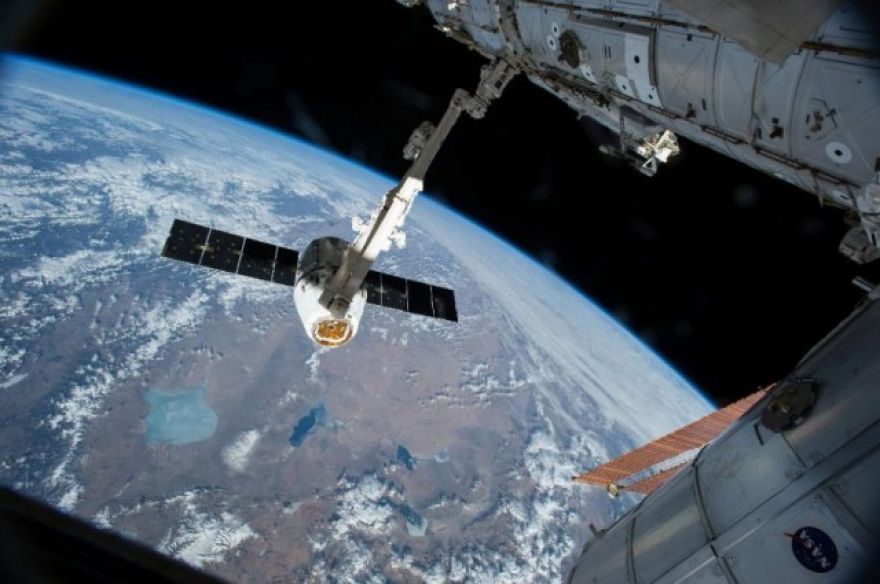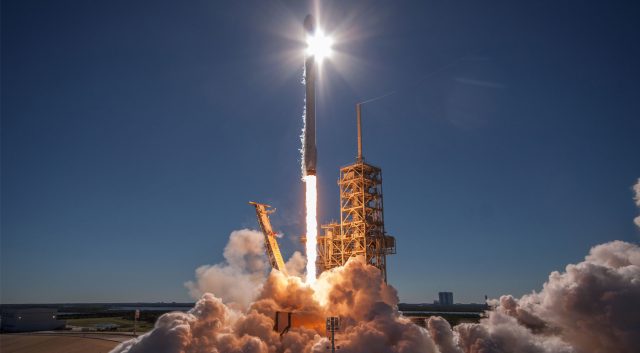
NASA Delays ISS Cargo Launch Following Dragon Fuel Leak
The SpaceX Dragon cargo vehicle has been so reliable we rarely have reason to report on it anymore, but the spacecraft has suffered a rare failure that will delay a planned resupply mission. According to NASA, the vessel that was set to launch this coming weekend has a fuel leak, so it’s .
According to NASA, Dragon was being prepared for the CRS-25 cargo mission to the International Space Station (ISS) last weekend when sensors detected the problem. After detecting elevated vapor readings of mono-methyl hydrazine (MMH) propellant, the team removed both the fuel and oxidizer from the system to prevent further leaks.
Unfortunately, it’s not as simple as slapping a patch on the craft and sending it into space. The team does not currently know where the leak is, and even after finding it, they will have to verify it’s not a sign of system failure that could imperil the spacecraft or the ISS. While there would be no crew on Dragon, it would remain docked at the station for several days loaded with enough fuel to get it back to Earth.

Dragon first entered service about 10 years ago, delivering cargo to the ISS at a time when the Space Shuttle had just been retired. Dragon is reusable, as is the first stage of the Falcon 9 rocket that launches it into space. This design has helped SpaceX lower the cost of launches, and secure extended NASA launch contracts. The Dragon also served as the basis of the Crew Dragon, which is still NASA’s only way of reaching the International Space Station. Boeing’s Starliner will eventually ferry a crew to the ISS as well, but it only it flubbed back in 2019.
Neither NASA nor SpaceX have talked about when they expect CRS-25 to be rescheduled, but the ISS crew will be fine for the time being. The cargo is mostly scientific equipment, including the Earth Surface Mineral Dust Source Investigation or EMIT, which will analyze the composition and pattern of dust spreading from arid regions to the rest of the globe. There will also be a test bed from Stanford that will help the crew explore the process of creating a concrete alternative called biopolymer soil composite.
Now Read: